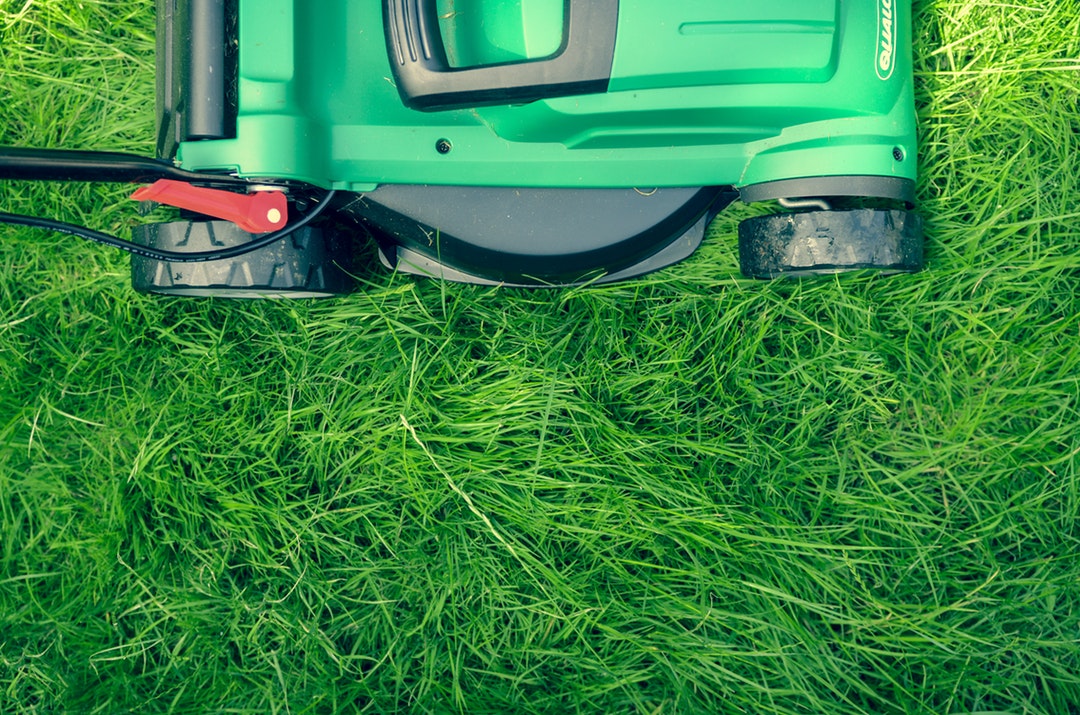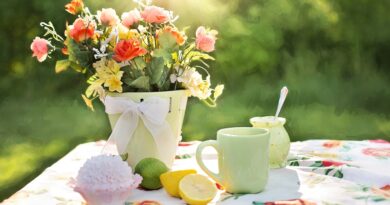4 Common Garden Maintenance Mistakes to Avoid for Homeowners
People around the world have taken to gardening at home since the coronavirus pandemic began. Some seed producers reported record sales this year.
If you’re new to gardening, you’ll find that it’s a wonderful and rewarding way to connect with food. You may also find that you’re prone to making garden maintenance mistakes.
Read on to learn what the most common gardening mistakes are and how you can avoid them.
1. Poor Placement
It’s common for homeowners to pick an area of the yard for the vegetable garden based on the space available. It may be a corner of the yard that’s out of the way.
The issue here is that they’ll choose an area that might not be conducive to growing garden vegetables. The area needs to be large enough for what you want to plant. Usually, a 10’x10′ space is more than adequate.
It also has to have enough sun in the growing season, about 6-8 hours a day.
2. Poor Soil Quality
Do you know what type of soil you have? Some areas of the U.S. will have clay soil, while others will have sandy soil. Soils with too much clay won’t drain properly. Soils with too much sand don’t have enough nutrients to sustain plants. If trees are crowding out your gardening area, you can get contact tree experts in Fort Worth for trees that are difficult to uproot.
You’ll need to amend the soil with a thick layer of compost and add topsoil before you plant seeds.
3. Not Planning Early Enough
You need to have a long-term plan for your garden. You should start planning in January and collect seed catalogs from different vendors.
Then, you can take the time to prepare the soil in February and plant hardy plants like kale and spinach in March. You’ll then map out when you should plant seedlings, where they’ll go, and when to plant fall crops.
In the winter, you can plant clover for soil health. This will prevent you from planting in the winter, so you want to think of other options. To keep fresh herbs around all year long, look into indoor herb garden kits.
4. No Soil Testing
You should test your soil twice a year: once before the growing season begins and again in the fall when the growing season ends.
Testing the soil is important because you’ll know if the soil needs nutrients or not.
There are two common ways to test the soil. The first is to get a pH test. The test will only tell you if your soil is too acidic. Some plants, such as radishes and parsley, do well in acidic soil.
Another way to have your soil checked is to have it tested by a professional. You can check with your state’s cooperative extension office to see if they have a soil testing program.
You can use an old-school method to test your soil’s nutrients. Take a chunk of soil approximately 1’x1’x1’ and lay it out on a tarp. You should be able to spot at least 10 earthworms in the soil.
If not, then you need to add nutrients or compost to the soil.
Avoid These Garden Maintenance Mistakes
If you’re a novice gardener, you’re going to make mistakes. That’s how you learn. However, the more you can avoid the most common garden maintenance mistakes, the more success you’ll have.
Ready for more fun DIY tips? Click on the DIY tab above for more inspiring content.


